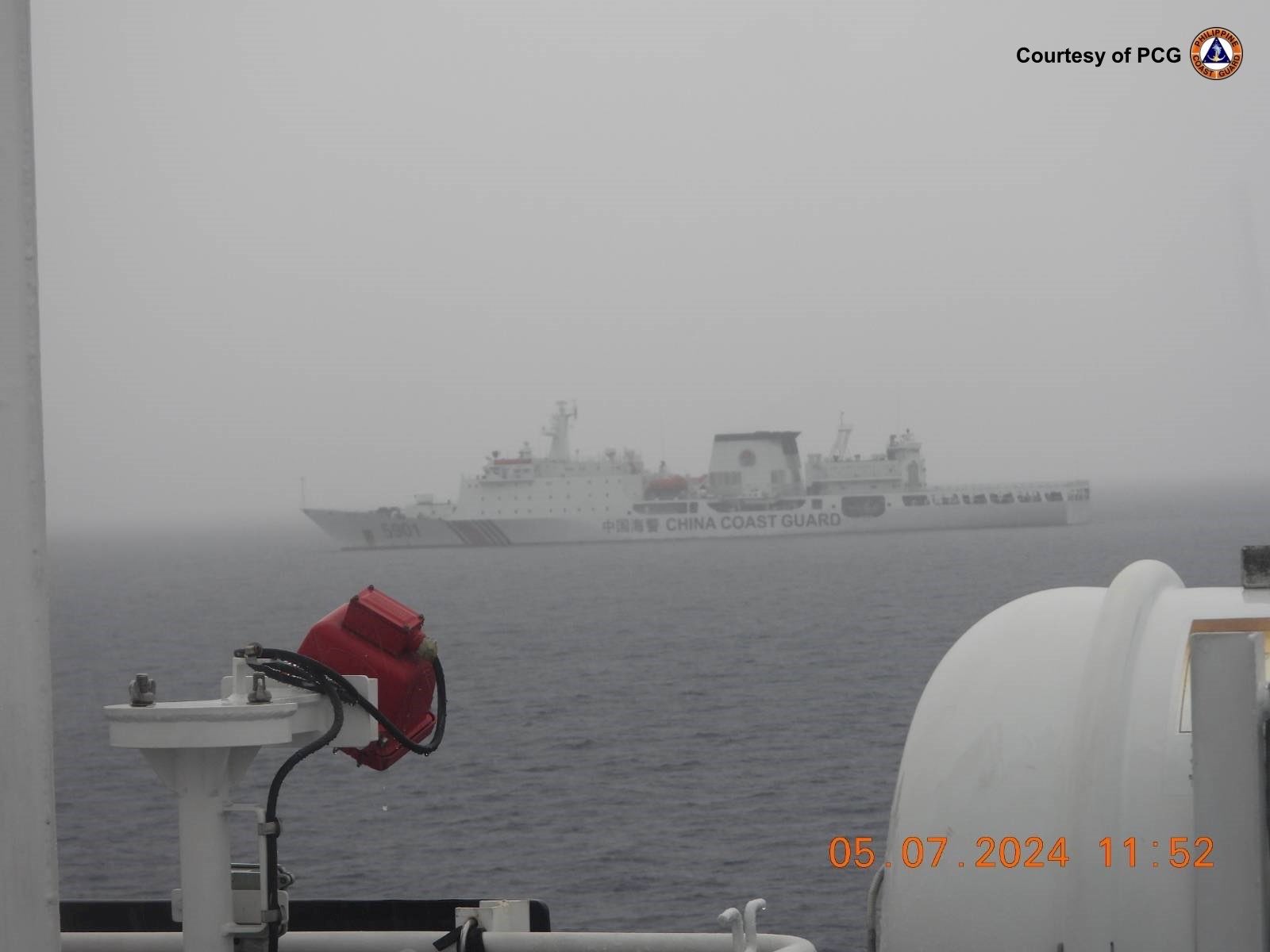In a recent interview with Gdh TV, Mehmet Demiroğlu, the executive director of Turkish Aerospace Industries (TAI), detailed the ambitious plans for the KAAN fighter jet, which is touted as Turkey's fifth-generation fighter. Preliminary data suggests that the Turkish Air Force will acquire over 100 KAAN aircraft. Additionally, TAI aims to secure international orders, potentially boosting total sales to between 250 and 300 units. Friendly and allied nations are expected to receive around 150 of these jets.
The KAAN recently completed its second flight, with former TAI executive Temel Kotil claiming the aircraft would surpass the American F-35 in performance. TAI is actively promoting the KAAN internationally to avoid a significant price hike, as the cost of each jet could exceed $100 million without external orders.
Potential partners include Azerbaijan, with whom Turkey signed a cooperation agreement last summer, and Pakistan. Ukraine has also shown interest, with their ambassador to Turkey indicating plans to both purchase and utilize the KAAN fighters. By 2028, the Turkish Air Force plans to receive 20 KAAN fighters, with production expected to ramp up significantly by 2030.
The KAAN fighter, also known as the TF-X, is designed to perform a variety of missions, including air-to-air combat, air-to-ground strikes, and reconnaissance. It is being developed by TAI in collaboration with various national and international partners. The aircraft's dimensions include a length of approximately 19 meters, a wingspan of around 12 meters, and a height of about 6 meters. Its twin-engine setup will enable high-speed maneuvers and sustained supersonic flight, though the exact engine model is not yet confirmed.
The KAAN boasts advanced stealth capabilities, supercruise ability, and highly agile aerodynamics, reducing its radar cross-section. Its avionics suite features advanced radar systems, electronic warfare capabilities, and an integrated sensor fusion system for comprehensive situational awareness and multi-target engagement.
The aircraft will carry various weapons, including air-to-air missiles, air-to-ground missiles, precision-guided bombs, and a built-in cannon, with multiple hardpoints for external weapons and fuel tanks. Its operational range is projected to be around 1,200 nautical miles without refueling, extendable with external fuel tanks or aerial refueling.
Promoting the KAAN in the international market is crucial for Turkey to manage costs and enhance its defense capabilities. The aircraft’s advanced features and ambitious production plans reflect Turkey’s commitment to establishing a robust and competitive aerospace industry. The KAAN project, led by TAI with both national and international collaborations, represents a significant step forward in Turkey’s defense technology and its aspirations for a stronger presence in the global defense market.






